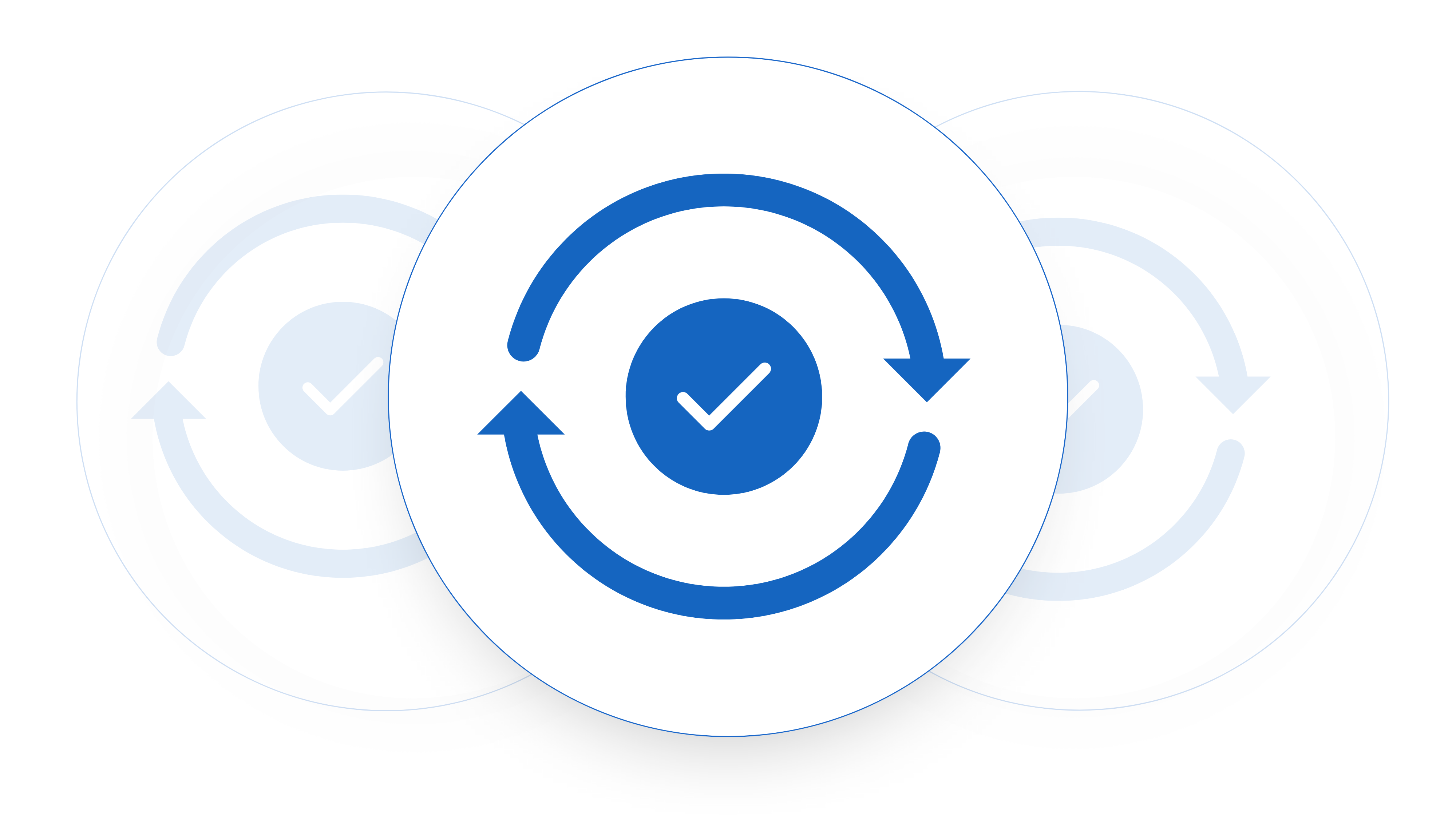What is a replicable sales model and more importantly how can I build one for my business? Any business that’s looking to scale and grow is a business that needs to figure out how to create a replicable sales model. Sales is one of the most expensive parts of growing your business and a lot of the cost is because sales is still a very very human process. Sales people spend their time building relationships and often very few of your customers are the same or can be sold to in the same way early on. As you grow you need to work out how to reduce the cost per sale and how to move past having a couple of amazing sales people to the point that you have a process that you can scale your sales team. But what exactly is a replicable sales model, and why does it matter? Let’s have a look.
Understanding Concept of Replicable Sales Models
A replicable sales model is a systematic approach or framework that outlines the processes and strategies required to consistently generate sales across different markets or territories. Systematic is the key word here. It serves as a blueprint for sales teams to follow, ensuring uniformity and efficiency in their efforts. It allows you to copy and paste this to onboard new sales staff and have them scale the way they do things.
Components of a Successful Replicable Sales Model
1. Identifying Target Audience
The first step in building a replicable sales model is understanding your target audience. This involves thorough market research to identify demographics, pain points, and buying behaviors. Early on this is tough, you probably don’t have the volume to get useful data but make sure you keep experimenting with what works and what doesn’t.
2. Product/Service Offering
Once the target audience is identified, the next step is to develop a compelling product or service offering that addresses their needs and provides value. This is all part of your efforts to get to product market fit. A large part of this is understanding what your market is and what their needs are.
3. Sales Process
A well-defined sales process is essential for guiding prospects through the buying journey. This includes lead generation, qualification, presentations, negotiations, and closing. Think closely about the different stages of the buying process that your customers will go through. This will be vastly different depending on your product, the cost and the use case. But you need to build out a clear view of this and document it.
4. Training and Support
Effective training and ongoing support are make or break for ensuring that sales teams are equipped with the knowledge and resources needed to execute the sales model successfully. Sales people tend to stray well outside guidelines which can, at times be useful. But you need to give them the guidelines to start with otherwise bringing on new sales people will be a long and difficult process.
Redline What Matters
Raise Changes For Approval To Turnaround Contracts Faster
Benefits of Implementing a Replicable Sales Model
1. Consistency in Performance
By standardizing sales processes and strategies, replicable sales models help maintain consistency in performance across different locations or teams. The core advantage here is being able to reliably say ‘if I spend X on lead generation/sales I will get X in sales’. This is the holy grail of startup businesses and having the metrics to back this up will make it very easy for you to get funding to grow.
2. Scalability
One of the significant advantages of a replicable sales model is its scalability. It allows businesses to expand into new markets or territories with minimal effort and resources. At the end of the day you’re cutting out all of the work that doesn’t make things grow which allows you to scale much easier.
3. Reduced Training Time
With a predefined sales model in place, new hires can quickly get up to speed, reducing training time and costs for the organization. Document, document and document some more I say. It will also allow you to put things into your training like negotiation guardrails, this will help to stop decisions constantly being pushed to senior leaders of the company.
4. Improved Sales Team Efficiency
By streamlining workflows and eliminating guesswork, replicable sales models enable sales teams to operate more efficiently and focus their efforts on high-priority tasks. Building a replicable sales cycle will help you to speed up the sales cycle a lot.
Challenges or Solutions in Building Replicable Sales Models
1. Adaptability to Market Changes
One of the challenges of replicable sales models is their adaptability to evolving market trends and consumer preferences. Regular evaluation and adjustment are necessary to ensure relevance and effectiveness.
2. Maintaining Brand Consistency
Maintaining brand consistency across multiple locations or teams can be challenging but is essential for building trust and credibility with customers. Clear communication and brand guidelines are key. The sales team and the marketing team should work together to keep this inline.
Still digging in folders?
Faster contract reviews & data access
Steps to Develop a Replicable Sales Model
1. Market Research
Thorough market research is the foundation of a successful replicable sales model. It helps identify opportunities, understand competitors, and define target markets.
2. Define Standard Operating Procedures
Documenting standard operating procedures (SOPs) for each stage of the sales process ensures consistency and clarity for sales teams.
3. Pilot Testing
Before full-scale implementation, pilot testing the replicable sales model allows for adjustments and refinements based on real-world feedback.
Continuous Evaluation and Improvement
Continuous evaluation and improvement are essential for optimizing What is a replicable sales model over time. Regularly assess performance metrics and gather feedback from stakeholders to identify areas for enhancement.
Understanding What is a replicable sales model is a fundamental component of a successful business strategy, providing structure, consistency, and scalability to sales efforts. By understanding its key components, benefits, challenges, and steps for development, businesses can create a framework for growth and success in scaling your business.
FAQ’s
Replicable sales models are versatile and can be applied across various industries, including retail, hospitality, franchising, direct sales, and technology.
The timeline for developing a replicable sales model depends on factors such as the complexity of the business, market dynamics, and resource availability. However, it typically involves several months of planning, testing, and refinement.
Absolutely. Replicable sales models are scalable and can be tailored to suit the needs of small businesses. In fact, they can be particularly beneficial for small businesses looking to expand into new markets or territories.
Technology plays a crucial role in streamlining sales processes, enhancing communication, and tracking performance metrics. CRM systems, automation tools, and analytics platforms are often used to support replicable sales models.
Replicable sales models should be regularly evaluated and updated to adapt to changes in the market, customer preferences, and business goals. Aim for continuous improvement to stay competitive and relevant.











